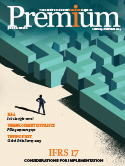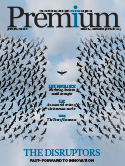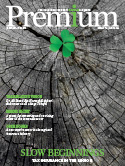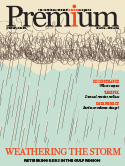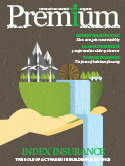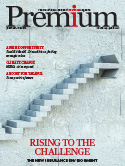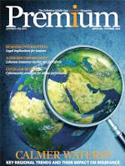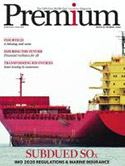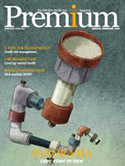Late renewals, nat cat losses see mixed response
Reinsurers’ quest for improved pricing has resulted in a tense round of negotiations amid a nonetheless well-capitalised industry, with some reinsurers still looking for growth, according to the 1st View January reinsurance renewals report published recently by Gallagher Re, the global reinsurance broker. Negotiations concluded very late with a wide range of outcomes as parties settled largely on a client and portfolio-specific basis.
James Kent, Global CEO, Gallagher Re, said: “The end of a more challenging renewal season than most has, on balance, provided another rational outcome. Reinsurers have managed to achieve further improvements in pricing to build on the increases of the past 18 months, particularly on accounts ceding losses, but may be wondering if they have over-stressed some long-term client relationships. Many buyers have managed to secure sufficient capacity knowing the continued improvement in the underlying business has resulted in portfolios that are better balanced supported by largely consistent reinsurance structures to manage volatility and net lines.”
Hopes of more profitable 2021 results were hit by an increase in natural catastrophe losses which saw many reinsurers strongly advocating the need for price increases, especially on underperforming contracts. However, that pressure was not consistent across the market, with quota share placements on non-cat lines being keenly sought.
The market appears to have moved on from the Covid-19 claims of 2020 as primary companies’ claims reserves stabilise and reinsurance recoveries start to move through the market with an increasing number being settled.
Property cat rating movements varied greatly by territory and client, with large increases being seen on loss-hit programmes. As expected, aggregate and loss frequency protections proved very demanding with reinsurers trying to move capacity away from these covers resulting in ceding companies having to use the leverage of other more attractive treaties to achieve completion.
Aggregate retrocession capacity reduced substantially as ILS funds – who have provided the bulk of capacity – found themselves with increases in trapped capital and a diminishing investor base. Collateralized occurrence and sidecar retrocession capacity was consequently in short supply leading to some reinsurers pulling back catastrophe capacity for primary buyers.








